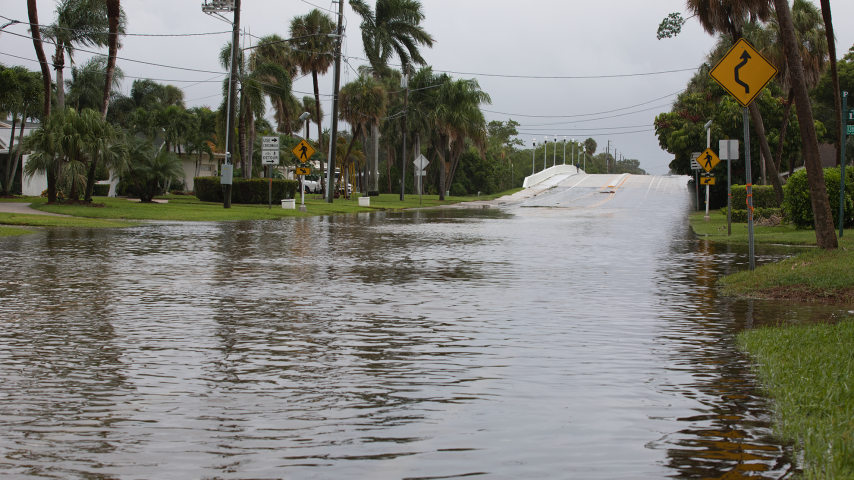Building Innovation: Who Gets Your Vote for the 2024 Future Leaders Award?

Architecture and engineering firms face the daunting task of creating enduring structures amidst uncertain future climate conditions. Planning for the coming decades necessitates integrating climate science as a pivotal component of their decision-making process.
Global warming scenarios vary widely, from severe impacts due to high greenhouse gas emissions to more moderate changes if emissions are significantly curbed. Yet, it's clear that even with reduced emissions, the cooling effects will unfold over time. The challenge of designing for a range of potential future climates, which will differ by region, cannot be underestimated.
The urgency of this challenge is underscored by a startling FEMA statistic: 65% of U.S. counties, cities, and towns have not implemented modern building codes. This oversight leaves the nation vulnerable to the escalating frequency and intensity of weather events, endangering lives, property, and the broader economy.
Integrating Climate Science into Building Science
Modern building codes are the bedrock of safe construction, reflecting advancements in materials, methodologies, and building science. However, their current reliance on historical weather data—instead of future-forward climate data—casts doubt on their effectiveness in an era of climate change.
This discrepancy highlights a critical gap: the integration of climate science into building science. Until this integration is realized, climate modeling may serve as an essential conduit of foresight, equipping professionals with predictions of probable future environmental conditions for their projects.
Integrating climate model projections into architectural and engineering practices could offer substantial benefits. First, it empowers professionals to anticipate and plan for a range of future scenarios, including unprecedented temperature rises, precipitation patterns, and sea-level changes. Armed with such knowledge, structures can be designed and built to better withstand the projected climate realities over their intended lifespan. Second, this future-forward information can inform asset owners and developers in their investment decisions and considerations of resiliency. Third, through proper communication and documentation of such resiliency needs and decisions around investment, it gives industry stakeholders the ability to mitigate future liability in the event of loss and damage.
A Roadmap to Incentivize Resilience
Reinforcing the notion that future-forward strategies are needed, the National Institute of Building Sciences' Resilience Incentivization Roadmap 2.0, supported by Fannie Mae, outlines a strategic approach to mitigation investment.
The roadmap emphasizes the importance of upgrading existing infrastructure and designing new construction with resilience in mind. Furthermore, NIBS studies demonstrate the economic soundness of such investments, indicating that for every dollar spent on resilience, the nation could save multiple times that in future disaster-related costs.
The imperative to future-proof our built environment is clear. With a significant portion of the U.S. adhering to outdated codes, the design and construction industry and all of its stakeholders must champion the adoption of modern codes that reflect the latest in climate science and resilience strategies. In areas without updated codes, it is incumbent upon professionals to advocate to clients that designing beyond the current standards will help safeguard the well-being of communities and the enduring viability of our urban landscapes.
Navigating future climates involves ethical responsibility and the potential for legal accountability. The trajectory of U.S. jurisprudence is pointing toward an expectation that stakeholders in the industry proactively account for future climate conditions in their projects. Courts are increasingly supporting policies that mandate proactive resilience to foreseeable risks in the interest of public health, safety, and welfare.
As we stand at the crossroads of climate uncertainty and technological advancement, the construction and design industries have a unique opportunity—and responsibility—to redefine resilience. Future-proofing our built environment is not just about safeguarding against the unknown; it is about shaping a legacy of sustainability, resilience, and safety that will endure for generations to come.
Yvonne Castillo is Senior Vice President, Director of Risk Management & Global ESG Chair with Victor Insurance Managers, LLC. and a member of the NIBS Board of Directors.